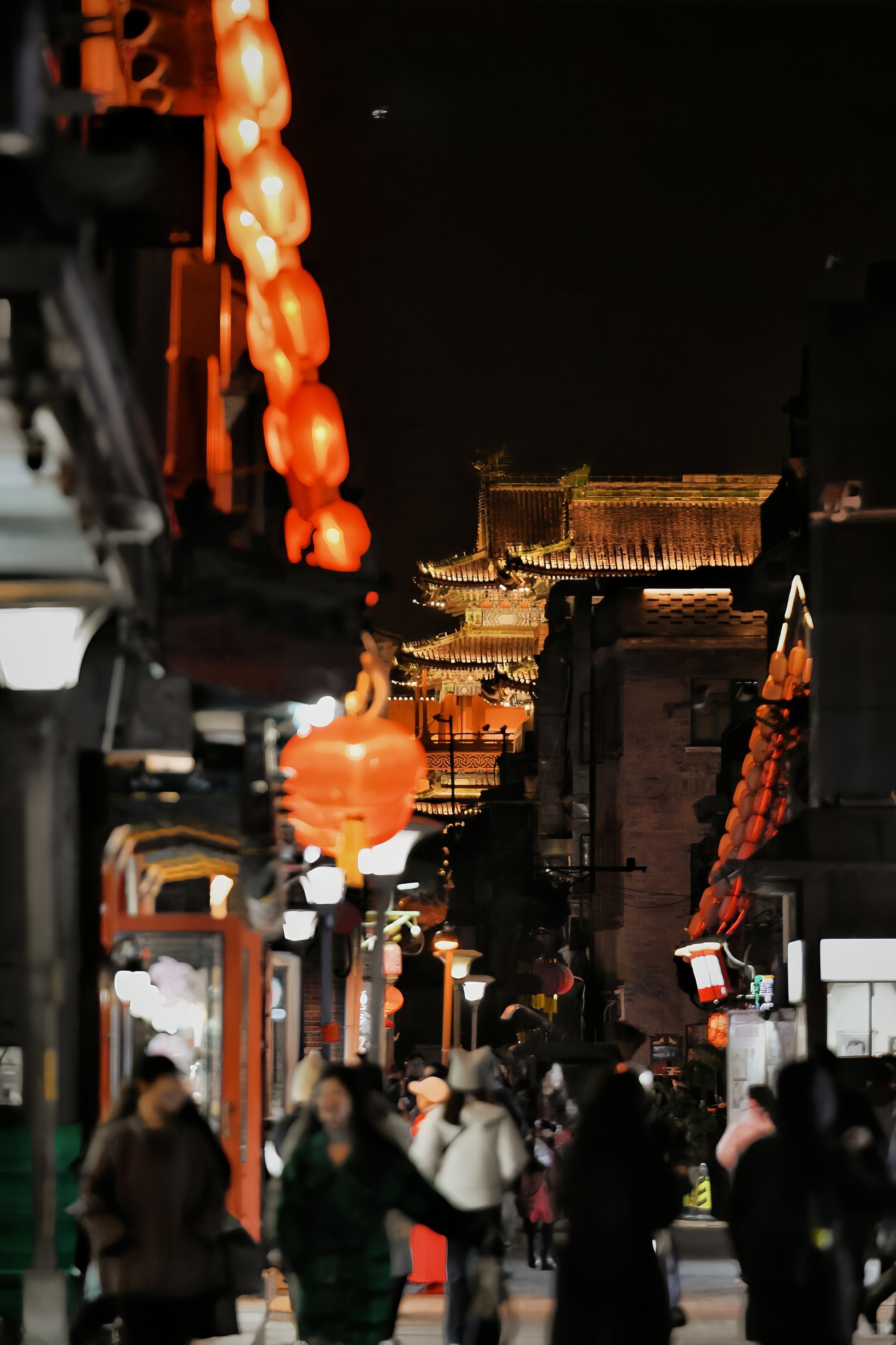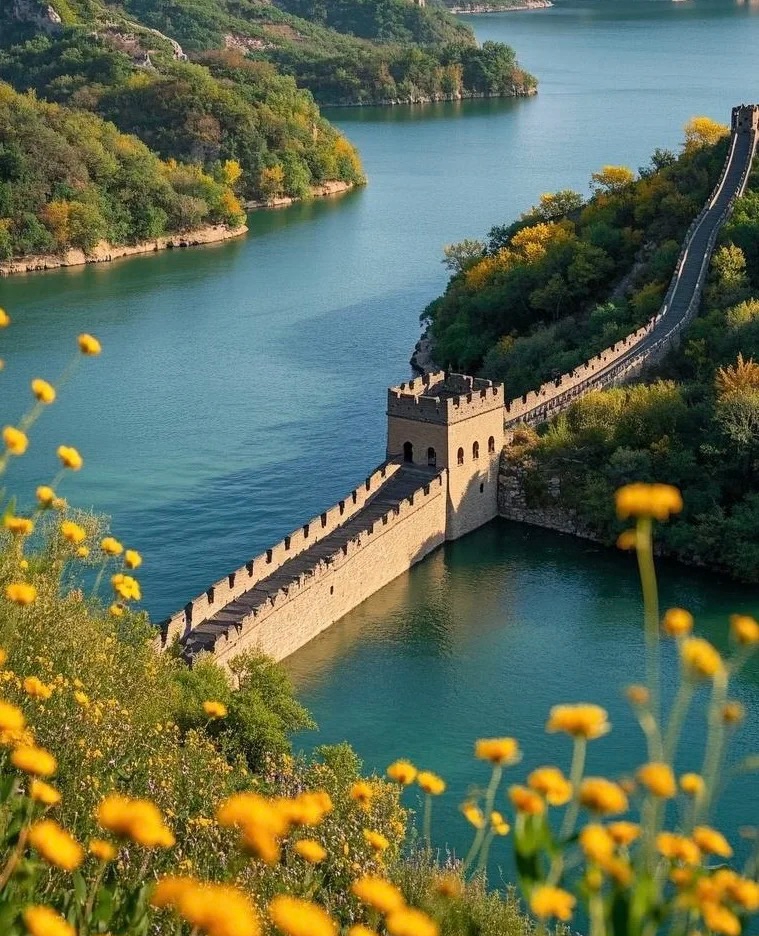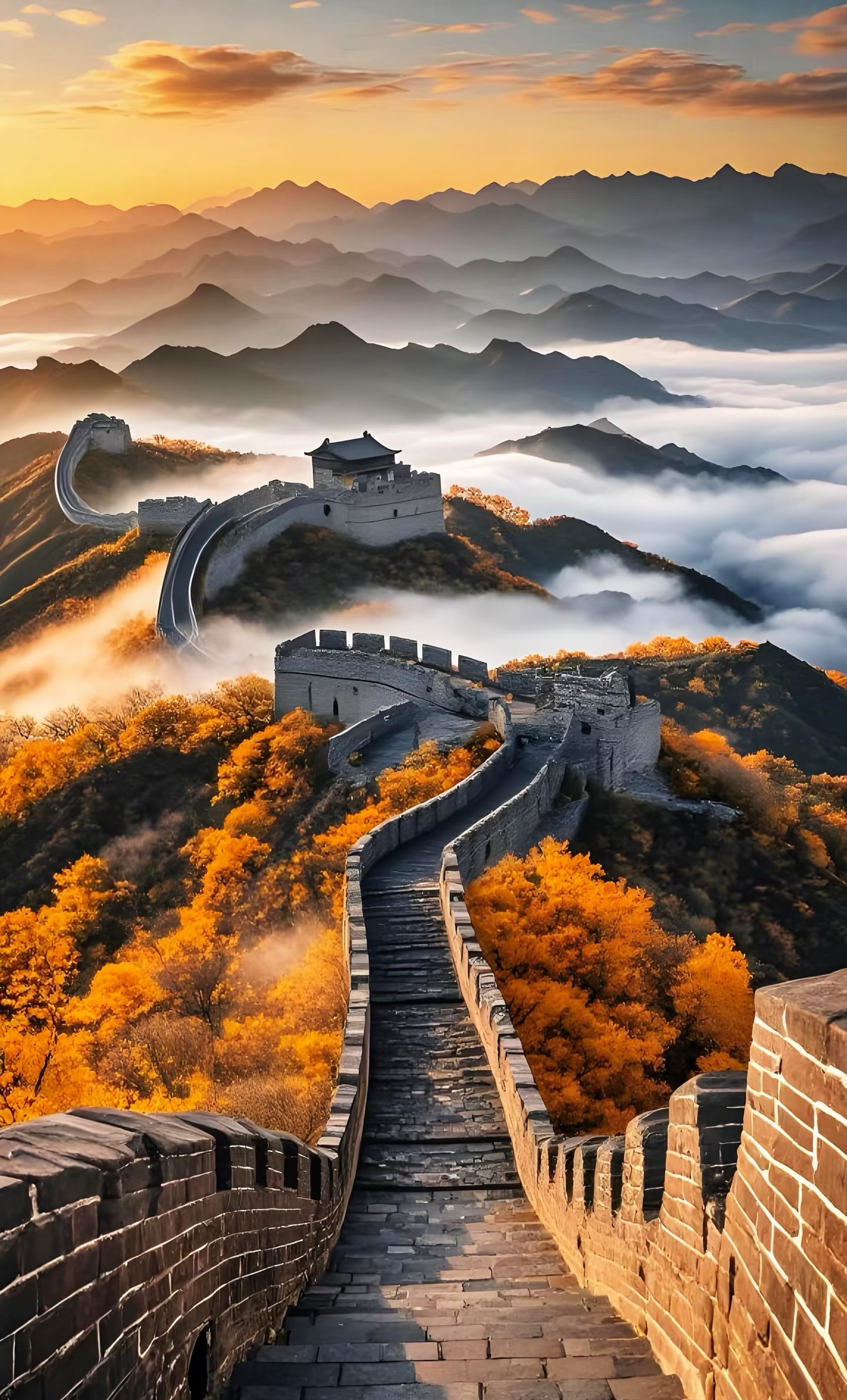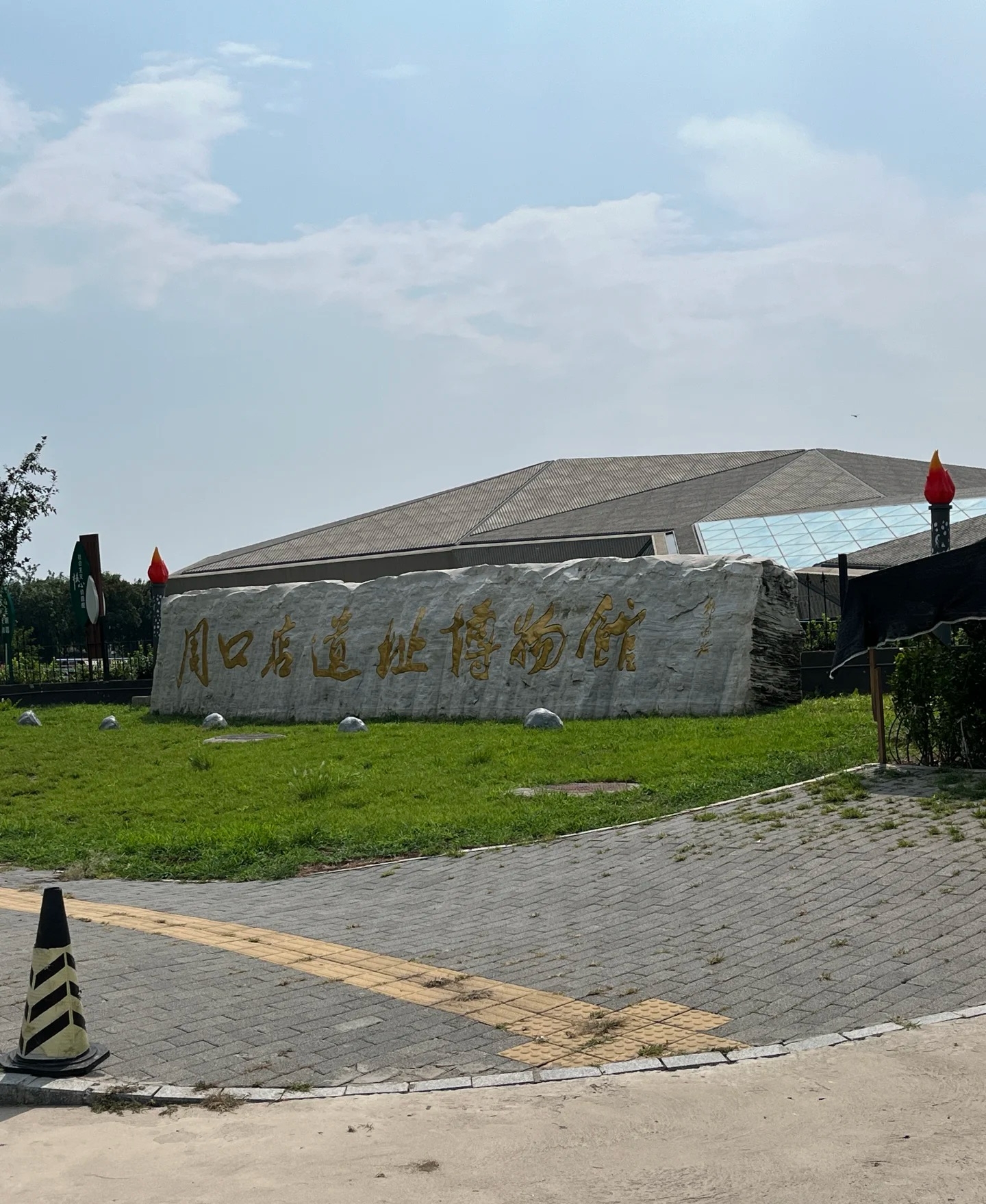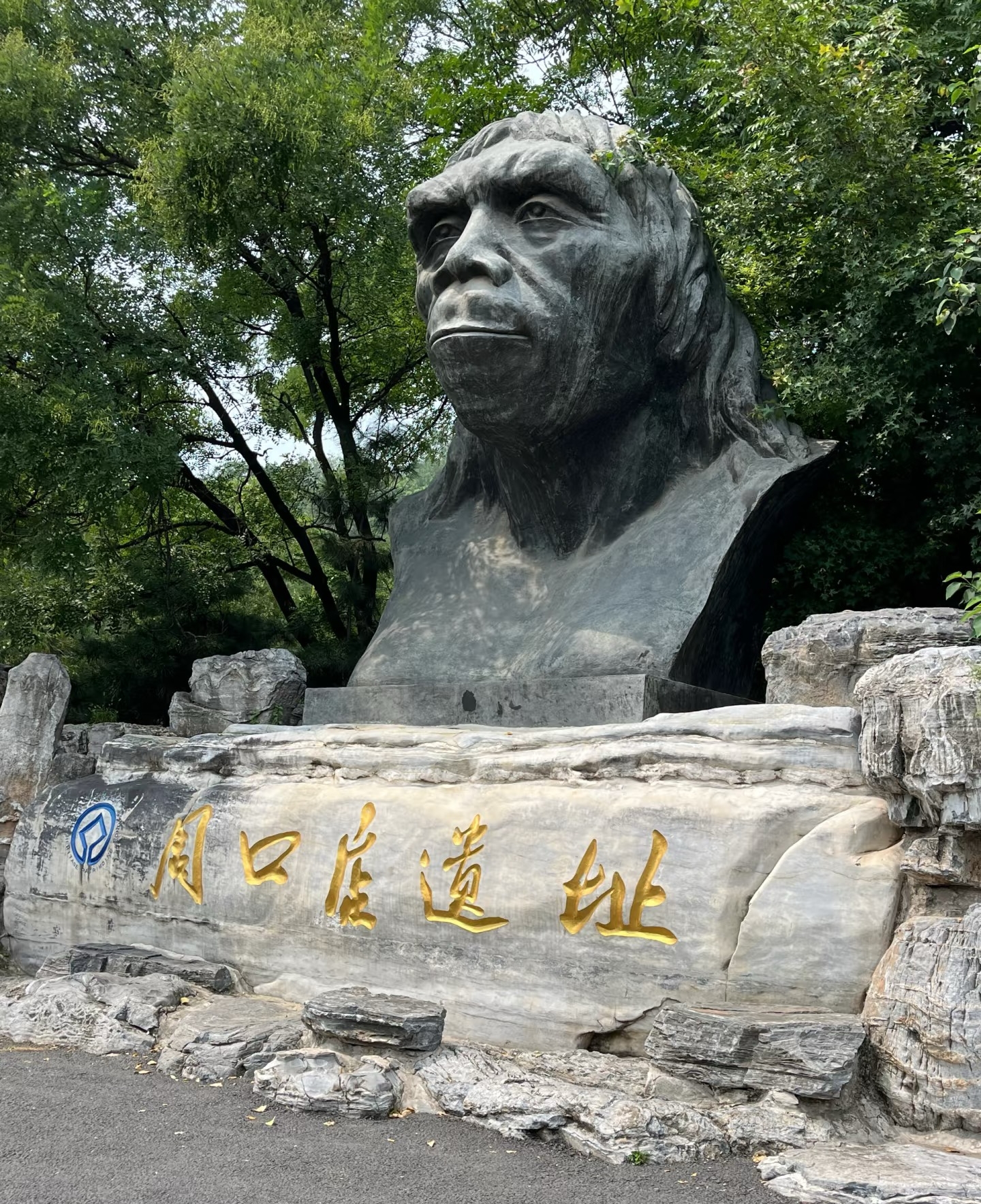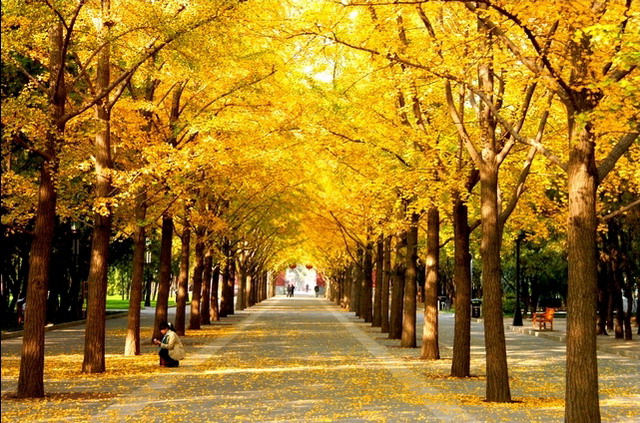

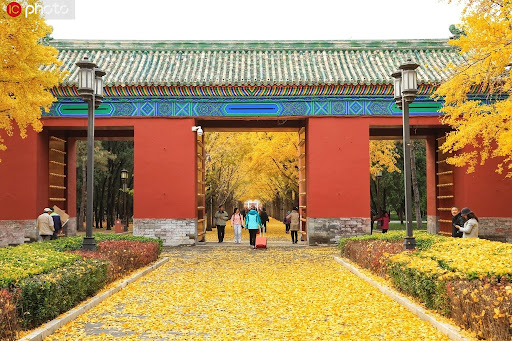
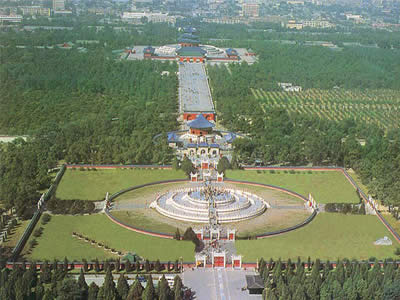
Temple of Earth
The Temple of Earth is an imperial complex of religious buildings situated in the eastern part of central Beijing.
Information
Ticket price
Time
Location
Andingmen Outer St, Dongcheng District, Beijing, China
View maps
More about the trip
Temple of Earth: A Sacred Imperial Altar in Beijing
The Temple of Earth (Ditan Park) is a significant imperial altar located in the northern part of central Beijing. Built in 1530 during the Ming Dynasty, it served as the site where emperors of the Ming and Qing dynasties performed annual rituals to worship the God of Earth and pray for good harvests. It is one of the four major altars in Beijing, alongside the Temple of Heaven, Temple of Sun, and Temple of Moon.
What to See and Do
Fangze Altar (Square Altar): This is the central and most important structure in the park, a square-shaped altar symbolizing the earth. Emperors would offer sacrifices here during the summer solstice. The design reflects the ancient Chinese belief that the earth is square and the heaven is round.
Imperial Sacrificial Buildings: Explore the various halls and gates within the complex, such as the Imperial Vault of Earth (Huangqiandian), where the spirit tablets of the God of Earth were stored, and the Divine Kitchen (Shenchu), where sacrificial offerings were prepared.
Ancient Trees and Green Spaces: The park is home to numerous ancient trees, some over 300 years old, and offers vast green spaces, making it a popular spot for locals to engage in morning exercises, tai chi, and traditional Chinese dances.
Temple of Earth Fair: If you visit during the Chinese New Year, you might experience the famous Temple of Earth Fair, one of Beijing's largest and most traditional temple fairs, featuring folk performances, traditional snacks, and handicrafts.
Best Time to Visit
The park is beautiful year-round. Spring and autumn offer pleasant weather for strolling. During winter, especially after a snowfall, the ancient architecture takes on a serene and picturesque quality. Early mornings are ideal to observe locals practicing tai chi and other activities.
How to Get There
Take Metro Line 2 or 5 to Yonghegong Lama Temple Station (Exit A) and walk east for about 10 minutes, or take Metro Line 5 to Hepingli Beijie Station (Exit B) and walk west.
Travel Tips
Cultural Immersion: Spend some time observing the local activities, which offer a glimpse into daily life in Beijing.
Historical Significance: Read up on the history of imperial sacrifices to fully appreciate the rituals performed here.

